
AT The Money (ATM)
What is At The Money?
At The Money or ATM, is an option where a strike price is identical to the price of the Underlying asset. For instance, if the ABC stock is trading at 20, then ABC 20 option is at the money. This option has a lot of trading activity because they are close to emerging as profitable.
ATM options don't have Intrinsic Value, only time value, therefore a loss may incur if exercised due to the premium paid for the option.

In Options Trading, there are three ways to define moneyness, Out of The Money (OTM), At The Money (ATM) and In The Money (ITM). When the price of the Underlying Asset is equal to its strike price, it is at the money. If it is not reached, then it is out of money, in case it exceeds, then it is the money.
Talk to our investment specialist
ATM, OTM & ITM Example
Let’s say a trader wants to buy a Call Option with a strike price of Rs. 800. The current Market price is also at the same price. If the price rises beyond the point of the option it will be in the money and now it has a value. In case if it falls it will be out of money and it cannot be exercised.
If an investor decides to buy an option with a strike price of Rs. 1000 instead, it will still be considered at the money if the market price was Rs. 1000. However, it would be in the money if the underlying asset price drops beyond this point. But if the market rises it would be out of money
Options Pricing for At the Money
An option price is made of intrinsic and extrinsic value. Extrinsic value is also called as time value, but time is not the only aspect to consider while trading options. Implied volatility also plays an important role in options pricing.
Similar to OTM, ATM options only have extrinsic value because they hold no intrinsic value. For instance, an investor purchases an ATM Call option with the strike price of Rs. 3000 for a price of Rs. 1000. The extrinsic value is equal to 1000 and it is affected with passage of time and changes in implied Volatility. In the volatility, the price stays steady, the closer the option gets expiry the less extrinsic value it gets.
All efforts have been made to ensure the information provided here is accurate. However, no guarantees are made regarding correctness of data. Please verify with scheme information document before making any investment.

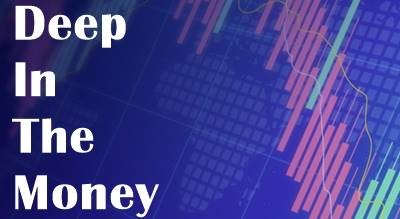
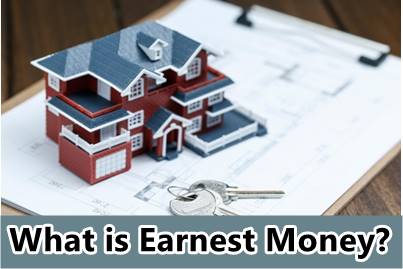
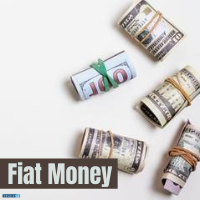
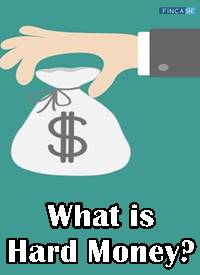
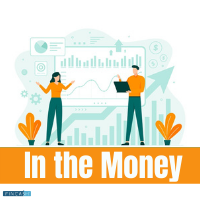







Great read! Thank you for such useful insights.